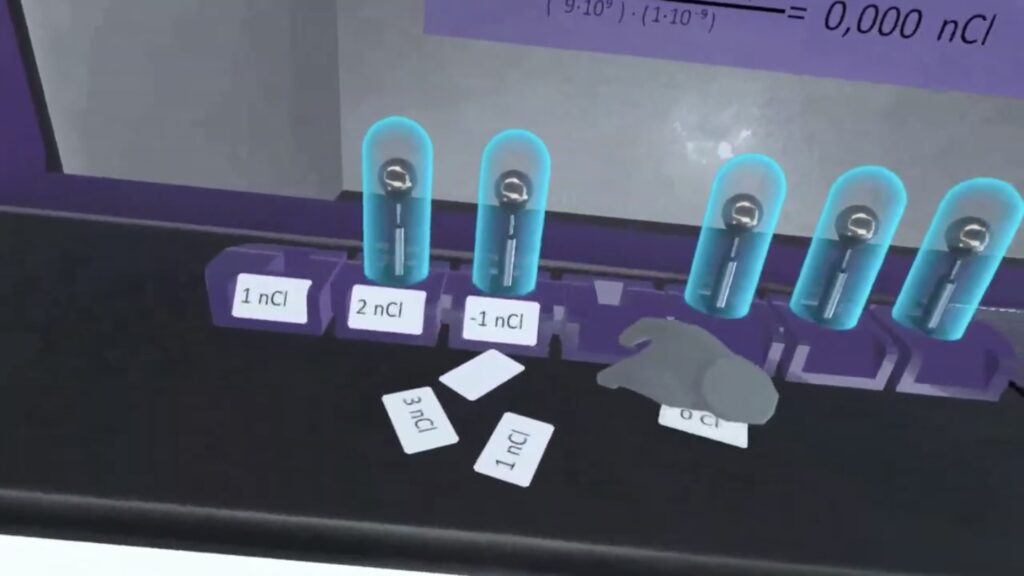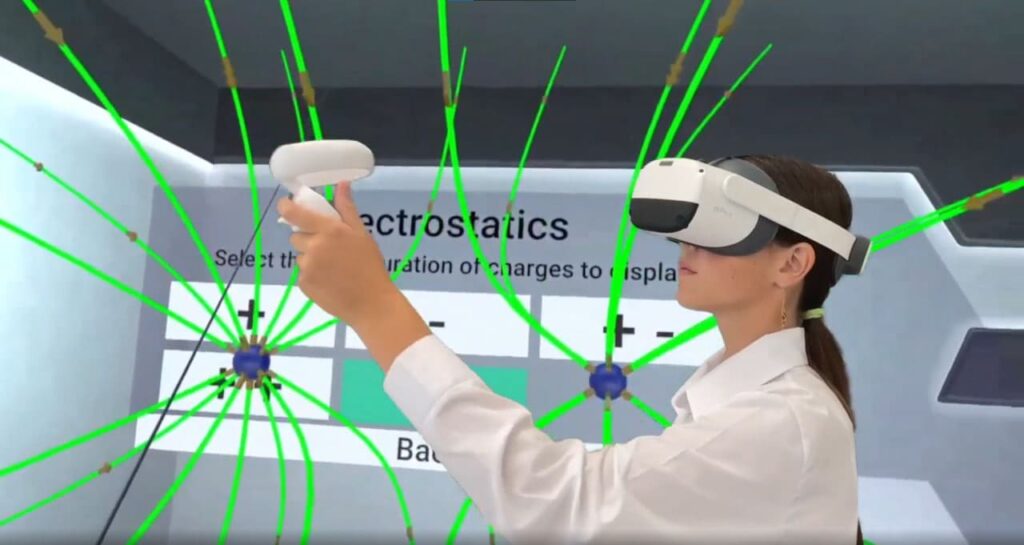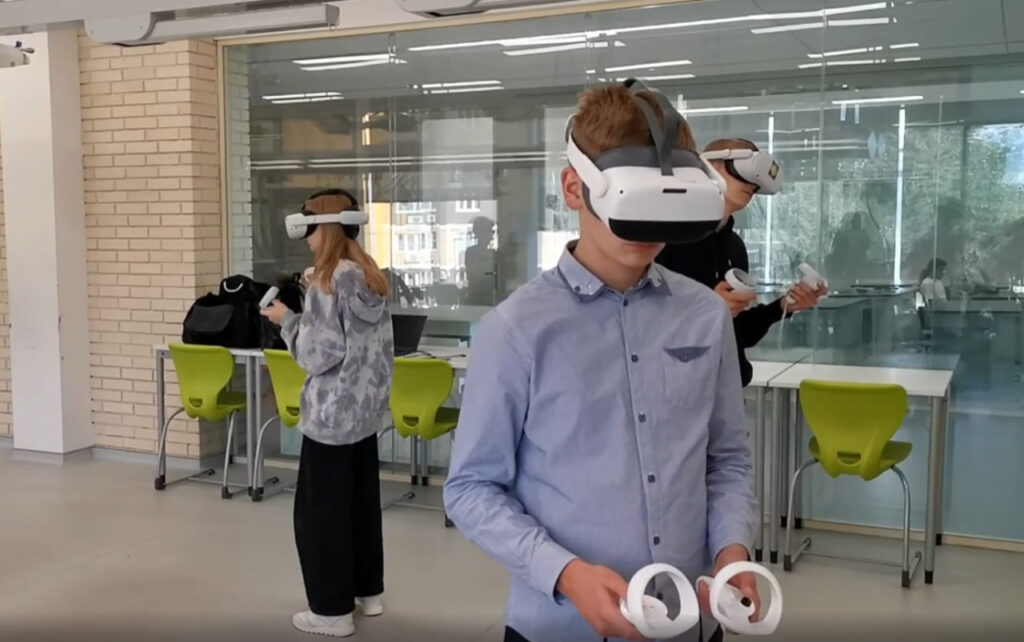

Physics can be one of the most resource-intensive disciplines in a typical school curriculum. Setting up thermodynamics experiments or complex electrical circuits often requires specialized rooms, costly equipment, and extensive safety measures. However, recent advancements in immersive technology are providing more efficient and engaging approaches to teaching physics. Below, XReady Lab explore how these cutting-edge tools can simplify lab setups, save valuable time, and reduce risks in practical lessons.

Conventional physics instruction often relies on multiple lab spaces and equipment. For example, one room might be dedicated to mechanics and thermodynamics, while another might be equipped for electricity and magnetism. This division is not only expensive but also consumes a large amount of space within the school.
By replacing certain physical setups with simulation-based environments, schools can minimize the number of specialized rooms needed for physics experiments:
XReady Lab VR lab: Electrification
Managing a traditional lab schedule can involve hours of routine tasks: unpacking devices, performing safety checks, and reassembling everything for the next lesson. In contrast, digital classrooms:

One of the biggest advantages of simulation-based learning is safety. In a virtual physics environment:
Many educators think of STEM labs in terms of separate rooms dedicated to physics, chemistry, or biology. However, “STEM lab meaning” is expanding to include digital solutions. Immersive content can be integrated right into the existing school infrastructure, and hardware such as headsets starting at $299 often requires less maintenance than physical lab equipment.

XReady Lab specializes in providing science-focused simulations designed to streamline these processes. XReady Lab solutions aim to balance safety, cost-effectiveness, and educational outcomes by giving students access to realistic scenarios that can otherwise be too expensive or hazardous to perform in real classrooms.

Today’s students are growing up in a technologically advanced world. They’re used to smartphones, tablets, and digital content from an early age. Offering learning in a 3D environment is more likely to capture their attention, encourage active participation, and foster a deeper connection to the subject matter.

Schools considering immersive solutions may ask, “Is it safe?” or “Does it meet curriculum requirements?” Reputable education technology providers ensure that:
Upgrading the physics classroom isn’t just about embracing the latest gadgets; it’s about creating a more efficient, safe, and dynamic learning environment. Immersive tools can consolidate multiple lab types, save precious teacher time, and eliminate common safety risks—all while keeping students deeply engaged.
By focusing on practical lessons through simulation-based platforms, schools can do more with less. Teachers regain the freedom to teach rather than spending hours setting up or cleaning labs, and students enjoy a modern approach that resonates with their digitally connected lifestyles.
Ready to take your physics lessons to the next level? Discover how XReady Lab immersive simulations can boost student engagement, cut lab costs, and streamline your teaching process. Experience firsthand the benefits of a modern, tech-driven approach to physics education. Request your free demo now and see how XReady Lab solutions can transform your classroom.
Frequently Asked
We prodive VR biology, VR physics, and VR chemistry simulations. Please, check our catalog.
Please, fill the form to get demo labs for free.
Please contact our customer support service at support@xreadylab.com or book a call with the team to find out the conditions and book the VR class set up at your school.
Subscription to XReady Lab interactive VR labs. If you are a school, then you are also given access to the VR classroom system. VR class system helps you easily launch VR lessons for a large number of students, follow the experience of each student, as well as customise the content without developers.
We adhere to the world’s generally accepted recommendations and research. Our products are suitable for children from 12 years old.